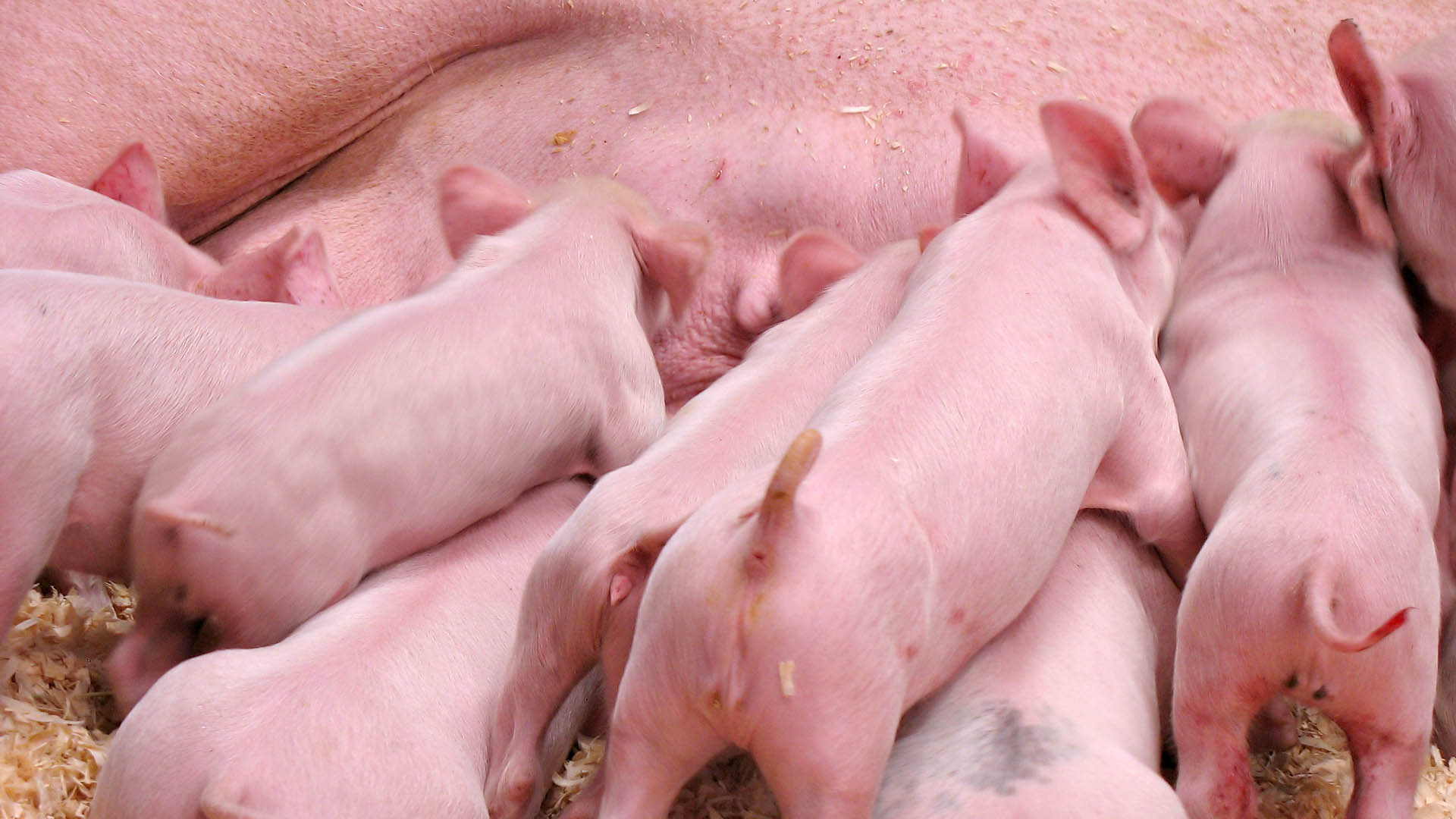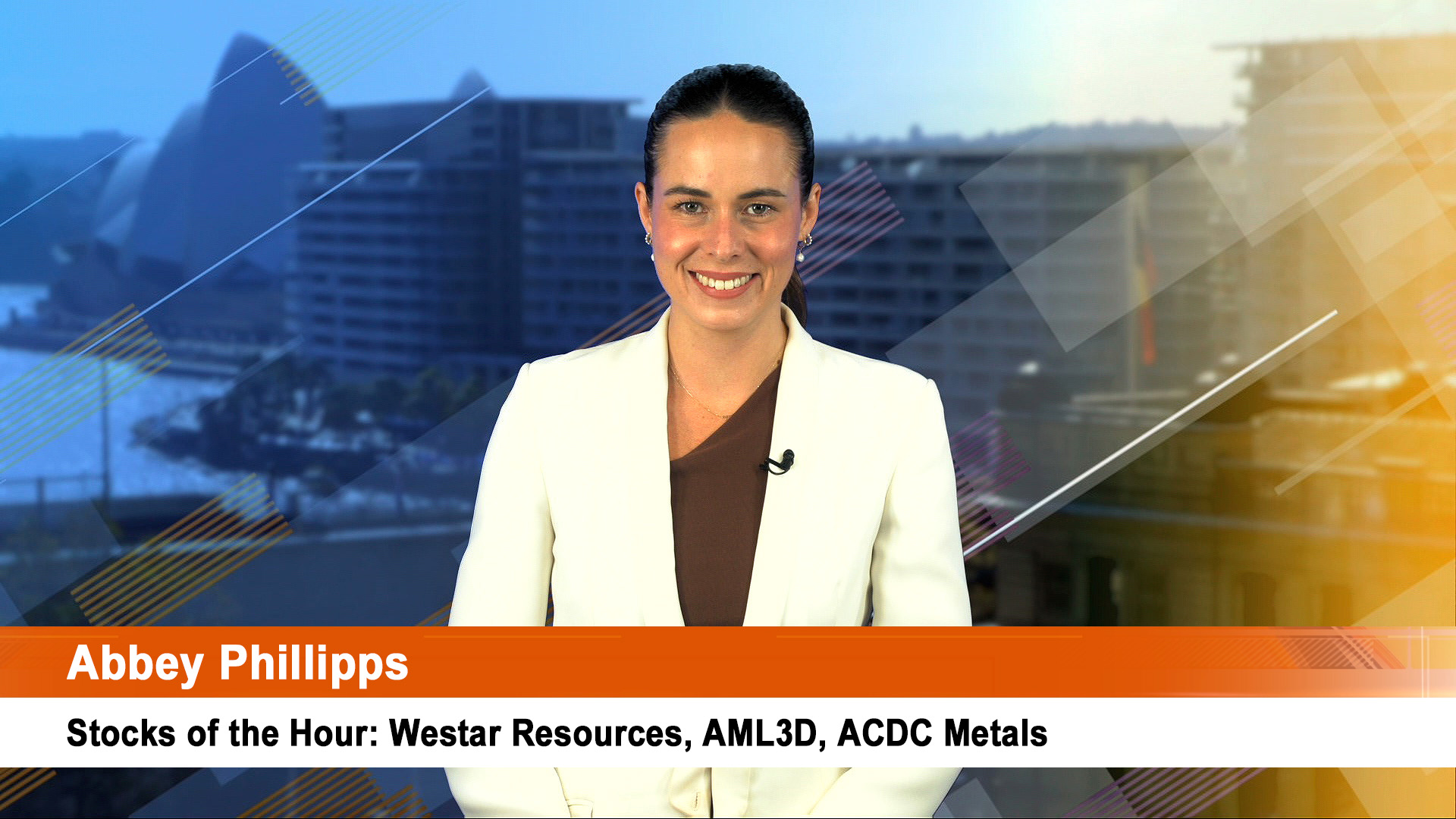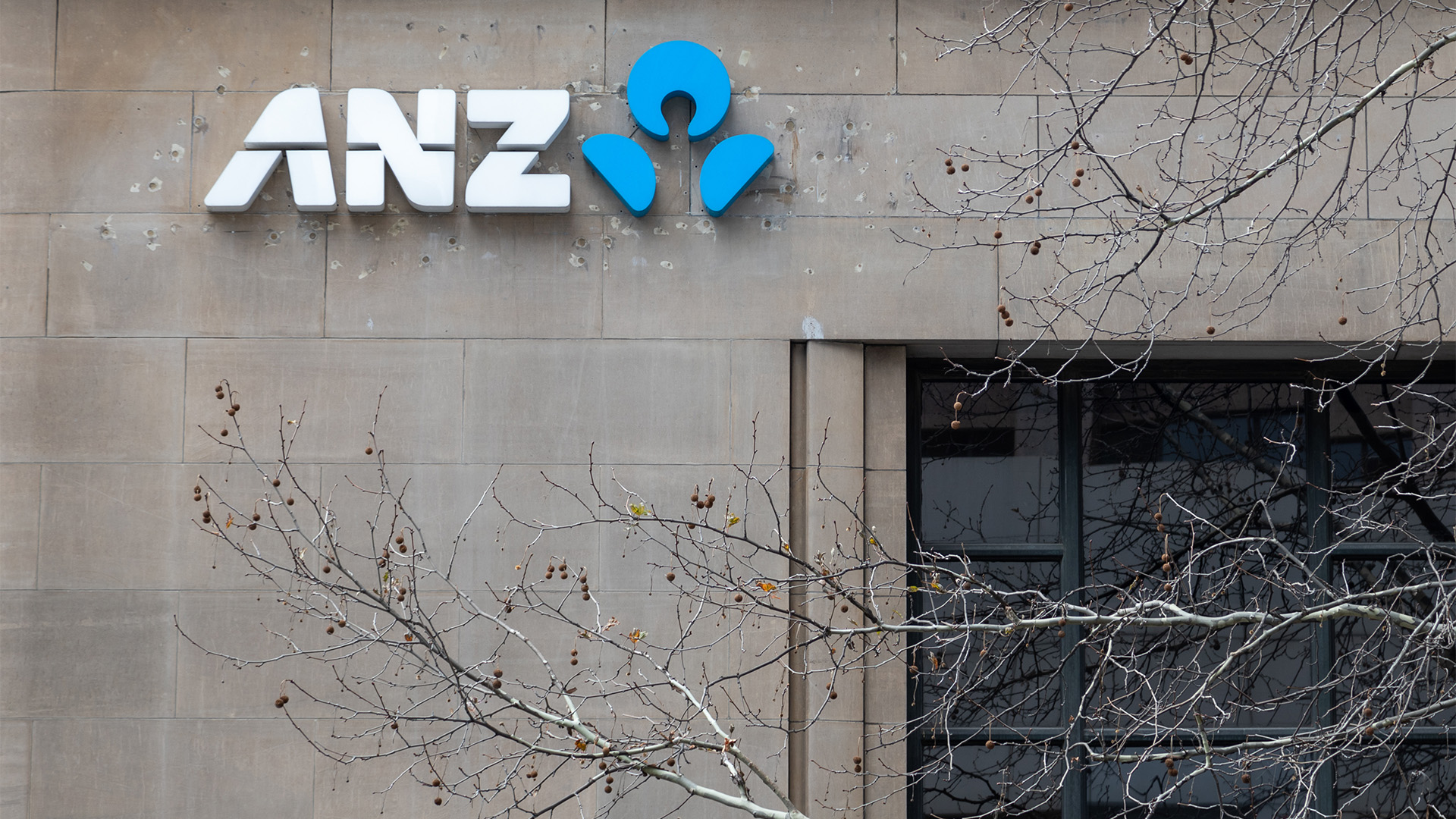The March quarter’s Wage Price Index (WPI) is out in a few hours (11.30am) and the second most senior official at the Reserve Bank says unemployment made have to fall by more than the central bank’s current forecast of 5.25% to get a bigger increase in wages than the current rate of around 2% a year.
The Reserve Bank has forecast unemployment to continue around its current level of 5.5% before dipping to 5.25% by the middle of next year and continuing around that level for the next year or so.
Economists (such as the AMP’s Dr Shane Oliver) think the March quarter’s WPI will come in around 2.1%, unchanged from the December reading.
If that happens it will mean the index will undershoot the government’s budget forecast of 2.5% (which was originally forecast a year ago in the budget at 2.75% before being downgraded last December to the current forecast for a 2.5% raise)
Speaking to a finance conference in Sydney yesterday, RBA Deputy Governor, Guy Debelle said that recent work at the bank had found that more and more wage settlements were “bunching around 2% over the past five years or so.”
"The experience of other countries with labour markets closer to full capacity than Australia’s is that wages growth may remain lower than historical experience would suggest. In Australia, 2 per cent seems to have become the focal point for wage outcomes, compared with 3–4 per cent in the past,” Dr Debelle said yesterday.
"Work done at the Bank shows the shift of the distribution of wages growth to the left and a bunching of wage outcomes around 2 per cent over the past five years or so. As I said earlier, while there are signs of wage pressure emerging, they remain localised for now (see graph below).
“There is a risk that it may take a lower unemployment rate than we currently expect to generate a sustained move higher than the 2 per cent focal point evident in many wage outcomes today,” he warned.
A reading around 2% in the March quarter WPI will support Dr Debelle’s contention and add to the growing view that the economic forecasts in the 2018-19 federal budget are overly optimistic, even though job creation remains solid; business conditions and confidence are at record or near record levels according to business surveys and private investment has started growing again.
Dr Debelle made a further point that the current strong labour market (which has seen the strongest growth since the current measurement series started in 1978) had not had any real impact on wages.
"Recent data on wages provides some assurance that wages growth has troughed. The majority of firms surveyed in the Bank’s liaison program expect wages growth to remain broadly stable over the period ahead.
"Over the past year, there has been a pick-up in firms expecting higher wage growth outcomes. Some part of that is the effect of the Fair Work Commission’s decision to raise award and minimum wages by 3.3 per cent.
“Talking to businesses… suggests that there are pockets where wage pressures are more acute. But, while those pockets are increasing gradually, they remain fairly contained at this point,” Dr Debelle said.
If there is little chance of wage rises accelerating if unemployment rate (which Dr Debelle says he thinks is the most useful figure about the health of the labour market, which he says “has stalled” for some months now) hits the bank’s forecast 5.25%, the question then becomes, how much under 5% will it have to go before there is a rebound in wages?
The experience in the US is that it could be a long way under 5%. The US jobless rate is 3.9% at the moment, a multi-year low, but wage growth has steadied at 2.6% annually, down from 2.7% at the start of the year.
And yet the US Federal Reserve has been lifting interest rates in fear that wages will break out above 3%. From the monthly labour market reports (and other reports, such as the monthly figures on income and spending by consumers) it seems wages are higher than 3% in some sectors, but that is not spreading across more and more of the economy.














